The piano has been a sensation from the day of its inception. The sound and musical capabilities can leave any musical instrument behind. This is why it is called the most important musical instrument to date.
If we only talk about the piano keys, we'll be amazed to see the variety it can offer. For instance, piano keys can range from as low as 5 keys to 108 keys.
This information is enough to make you confused and ask how many keys does a piano have? To answer this question, let's delve deep into piano history and a bit of trivia.
- How Many Keys does a Piano Have?
- Mnemonic Devices to memorize Keys on Sheet Music
- Which piano should I buy?
- Conclusion
- FAQs
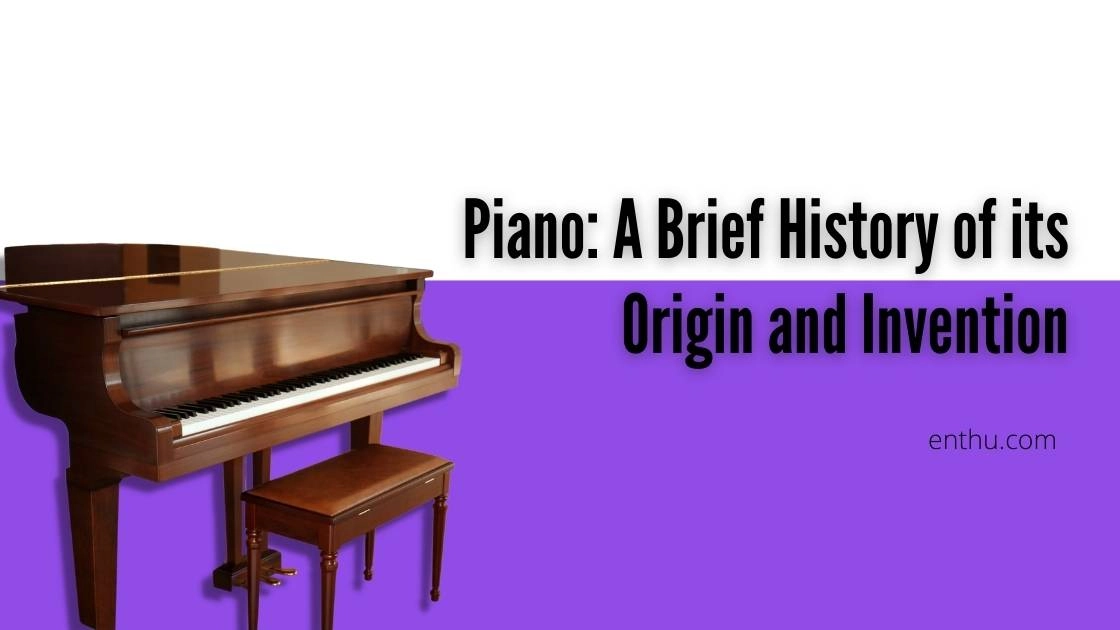
How Many Keys does a Piano Have?
How Many Keys Are on a Piano?
A modern full-sized piano, whether upright or grand, usually comes with 88 keys in total.
Out of these, 52 are white keys and 36 are black keys. The white keys represent the natural notes (A, B, C, D, E, F, G), while the black keys are used for sharps and flats. Together, they create the complete range of notes that give the piano its versatility.
Interestingly, some extended pianos go beyond the standard 88 and can have up to 108 keys. On these models, a few black keys are specially marked as extended keys to avoid confusion for pianists.
1. History of the Evolution of Piano Keys
The history of the piano is as interesting as the instrument itself. Did you ever think how modern-day pianos completed their journey from having 54 keys to 88 keys? Let's dive into history.

According to music historians, the piano came from its closest predecessor Harpsichord. One of the greatest composers in music history, Wolfgang Amadeus Mozart, wrote and played all his compositions in Harpsichord.
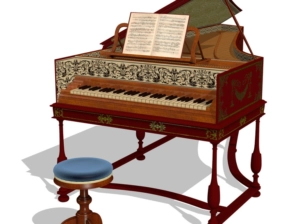
An Italian music instrument maker named Bartolomeo Cristofori invented the first piano in the early 18th century. The instrument Cristofori invented had only 54 keys.
Italian poet Scipione Maffei described this instrument as a 'louder and quieter' version of the Harpsichord. However, the four octaves were limiting, as musicians, especially composers, wanted to explore more with their musical horizon.
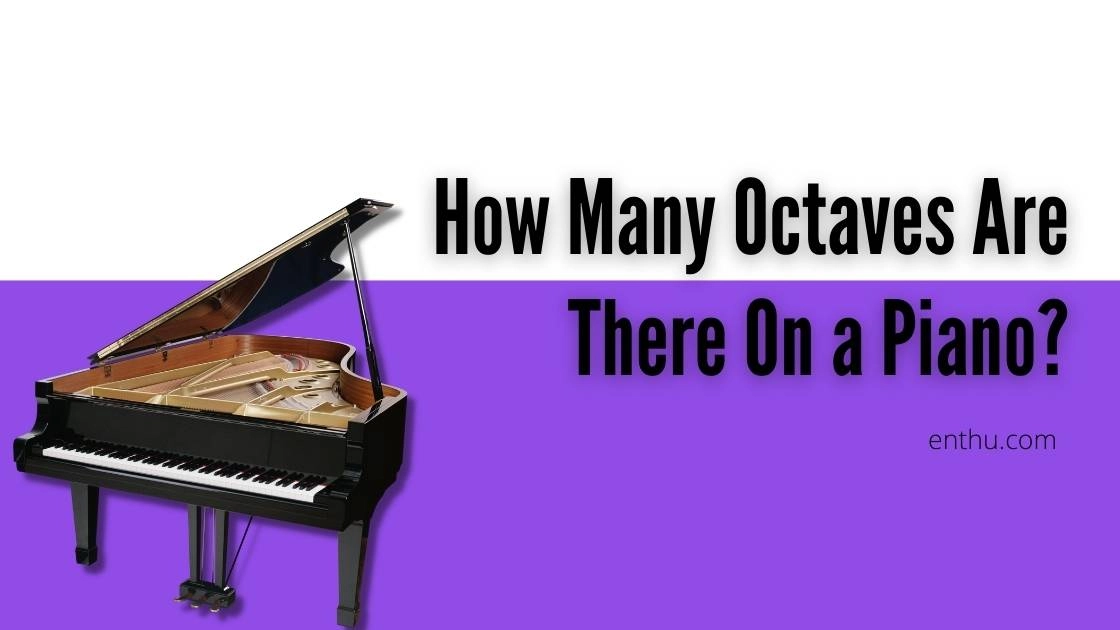
Many piano manufacturers started making pianos with more keys. The numbers gradually increased from 61 and 66 to 72.
2. Who Invented the First 88-Key Piano?
You may have heard about Steinway as one of the finest piano manufacturing brands in the world.
Well, the German-American company, founded in 1853, holds the credit for making the first 88-key piano. They invented the first 88-key piano around the late 1880s.
Ever since then, the 88-key pianos have been considered the standard version of the instrument. It has 88 keys, 52 white keys, and 36 black keys. The keys are divided into 7 octaves and 3 minor notes down the bottom C.
3. Why did Piano Makers Stop at 88-Keys?
During the 19th century, the piano evolved from having 54 keys to full-fledged 88 keys. In a standard piano, 88 keys range from 7¼ octaves from 2A to C5.
So naturally, anyone will think, why didn't piano makers add a few more keys to widen the musical prospect. Well, that's where science gets in. Human ears can hear sound between the frequency of 20 Hz to 20000 Hz.
However, human brains can only comprehend and distinguish sound ranging from 4000 Hz. So, even if you add a few more keys to the piano, human beings would not be able to comprehend the sound.
It would sound nothing more than unpleasant rumbling noise, and the additional treble notes will appear as just noise. That's why it is meaningless and technically impractical to add more keys than 88.
However, Bosendorfer manufactures 97-key pianos, which come with 9 additional keys. To make the pianist's job easier, they mark all the additional keys black. Although, these keys are rarely used in compositions.
They are only used to giving off a richer sound only when they are playing with some other keys. These additional keys have no direct use in music.
4. Pianos with Fewer Keys
Although there is a standardized version of the piano with 88-keys, many keyboards/pianos come with a short keyboard span. You will be amazed to find out the piano variations by the number of their keys.
Some pianos come with 44, 60, 61, or even 72 keys. These pianos are mostly used by amateur or experimental pianists. As you can see, these pianos limit the possibilities of musical exploration.
You can only play some of these pianos by connecting them to your computer. The 44 keys piano is used for music composition purposes. You will be surprised to know that there are pianos that come with only 5 keys, which are only used for DJ mixing.
5. Pianos with Extra Keys
Some pianos come with additional keys (in respect to the 88-key piano).
Bosendorfer and Stuart & Sons are the most prominent piano manufacturers who make and sell pianos with extra keys. Some pianos have 97 keys and some 108 keys, which is the highest number of keys in a piano to date.
Most of the additional keys are used for musical ornamentation, and they have no direct use in music composition.
Join EnthuZiastic Piano Classes to improve your piano skills today |
6. How many octaves are in a piano?
As the numbers of keys vary widely, the octaves keep fluctuating. A standard full-sized piano comes with 88 keys and 7¼ octaves. A simple calculation will help you figure out how many octaves are there on each piano.

An octave is made of 12 keys. So, you just have to divide the total number of keys by 12 to figure out how many octaves there are on a piano.
For example, if a piano comes with 72 keys, there are 6 octaves (72/12 = 6) on the piano. Similarly, a 108-key piano comes with 9 (108/12 = 9) octaves.
7. How to memorize piano keys?
I understand that it's confusing to remember all the keys on a piano. It is overwhelming just to think about it.
But don't worry, there are some tricks and techniques you can follow to memorize all the keys properly.
Learn Fundamental Music Theory
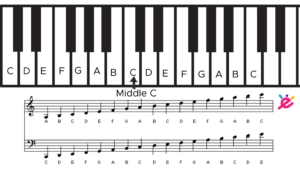
As you can see in the above image, the notes (each white key) repeat themselves in a sequential manner. An 88-key piano (standard grand piano) is divided into 7 full octaves and three extra keys (B, B Flat, and A).
White Keys
If you leave the first 2 white keys (C0) and start counting, every octave repeats itself after 7 white keys. Every white key in a full-octave is named as C, D, E, F, G, A, B, and again repeating C as the first key of the next octave.
Black Keys
Every octave consists of 5 black keys (accidental keys or enharmonic notes). Just like the white keys, every octave repeats the same black keys repeatedly. The black keys are D♭/C#, E♭/D#, G♭/F#, A♭/G#, and B♭/A#.
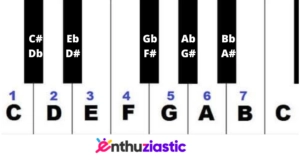
Names of the White and Black keys It means you only need to remember 7 white keys and the accidental keys by their names. It has already become easier, right?
8. Ear Training
Learning to play by the ear is the best way to recognize the piano keys instantly. It helps you to recognize the notes by their sound and the change in their pitches (such as C1 is lower in pitch than C2).
Use an application for piano notes or play every key and try to remember the notes by their sound. It will take time, so be patient while doing so.
9. Hand-Ear-Sight
Coordination The final step is to synchronize your hands, ears, and eyes together. Now that you have read the theory and also started memorizing each individual key by their sound, you need to sit by the piano and practice both simultaneously.
Use a metronome and play every key while pronouncing their alphabetical names. This technique will not only improve your hand dexterity but also improve muscle memory and hand-ear-sight coordination.
Mnemonic Devices to memorize Keys on Sheet Music
Yes, the good old method of memorizing periodic tables in school will help you remember all the keys on a piano on the staff.
You can create your own mnemonics or memorize a few popular ones. Here are some of the mnemonics that will help you memorize the keys easily:
1. Treble Clef
Treble clef represents the keys you play with your right hand.
For labeling the lines: E-G-B-D-F (Every Good Boy Deserves Fun)
For labeling the spaces between the lines: F-A-C-E.
2. Bass Clef
For labeling the spaces between the lines, from descending to ascending order: A-C-E-G (All Cows Eat Grass)
For labeling the lines: G-B-D-F-A (Good Boys Do Fine Always)
Which piano should I buy?
Ideally, every pianist is recommended to use a full-sized 88-key piano. You can start with a 61 keys piano if you are a beginner. Although it will limit your musical capabilities, you can use it for your initial practice sessions.
Once you become an intermediate player, you can use a keyboard/piano with 72 keys. You can easily play almost all songs and classical compositions on these pianos.
If you are an expert pianist, you should use a full-sized 88-key piano. The 7¼ octaves will give you full freedom to play whatever music you like.


Conclusion
Learning to play the piano is not going to be as hard as it seems. Now that you know everything about piano keys, the vast range of white and black keys won't be as puzzling as before.
If you are a beginner and confused about which piano to buy, I would suggest you buy a 61-key piano. Once you start getting better, you can upgrade to a grand piano.
Also, read this amazing piano buying guide to help you buy the right one for you. You can always ask our piano teacher to help you buy the right instrument for you. EnthuZiastic offers excellent piano classes that teach you the skills and help you buy your first piano wisely.
So, what are you waiting for? Start practicing today and immerse yourself in music!
FAQs
1) How many keys does a piano have?
A standard piano has 88 keys and 7¼ octaves. However, piano keys range widely when it comes to keys. Some pianos come with 61 keys, while some range from 71 to 108 keys.
Although 108-key pianos are rare, you will find 61-key pianos very popular among beginners and intermediate pianists.
2) Which piano should I buy as a beginner?
It is best to use an 88-key piano from the beginning. Although, standard pianos are really expensive, and not everybody can afford them. So, starting with a 61 keys piano seems rational.
You can pretty much play all the easy popular songs and chords for your practice. Once your skills get better, you can go for an upgrade.
3) What type of piano do you prefer - grand or upright?
It depends on personal choice and budget. If you are in love with big pianos, have the space to accommodate them, and have enough budget to buy one, I would suggest you go for a grand piano.
However, Upright pianos are more practical. You can accommodate them in any corner of your house, and they cost way less than a grand piano. Although grand pianos give off much better sound than upright pianos.
4) Will I be very limited with 61 keys?
Yes, your musical skills will be limited by a 61 keys piano. But, as a beginner, you don't need the 88-key piano at first. I would suggest you buy a 61-key piano in the beginning and upgrade when you become a pro. And if you are a professional pianist, you should go for an 88-key piano, which will allow you to play any classical piano composition.


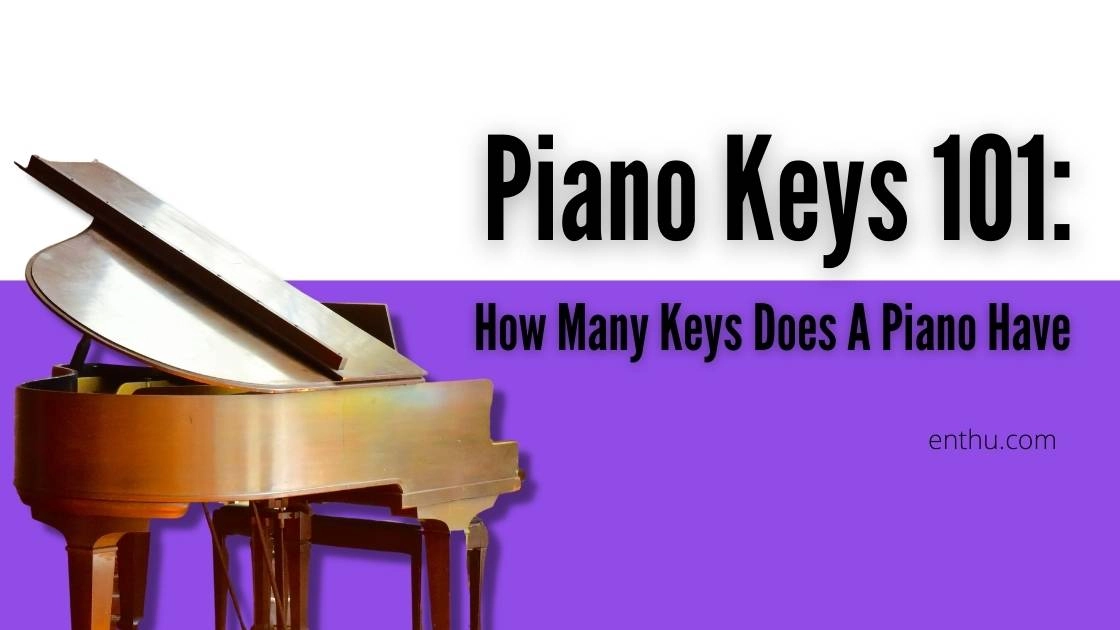



Comments